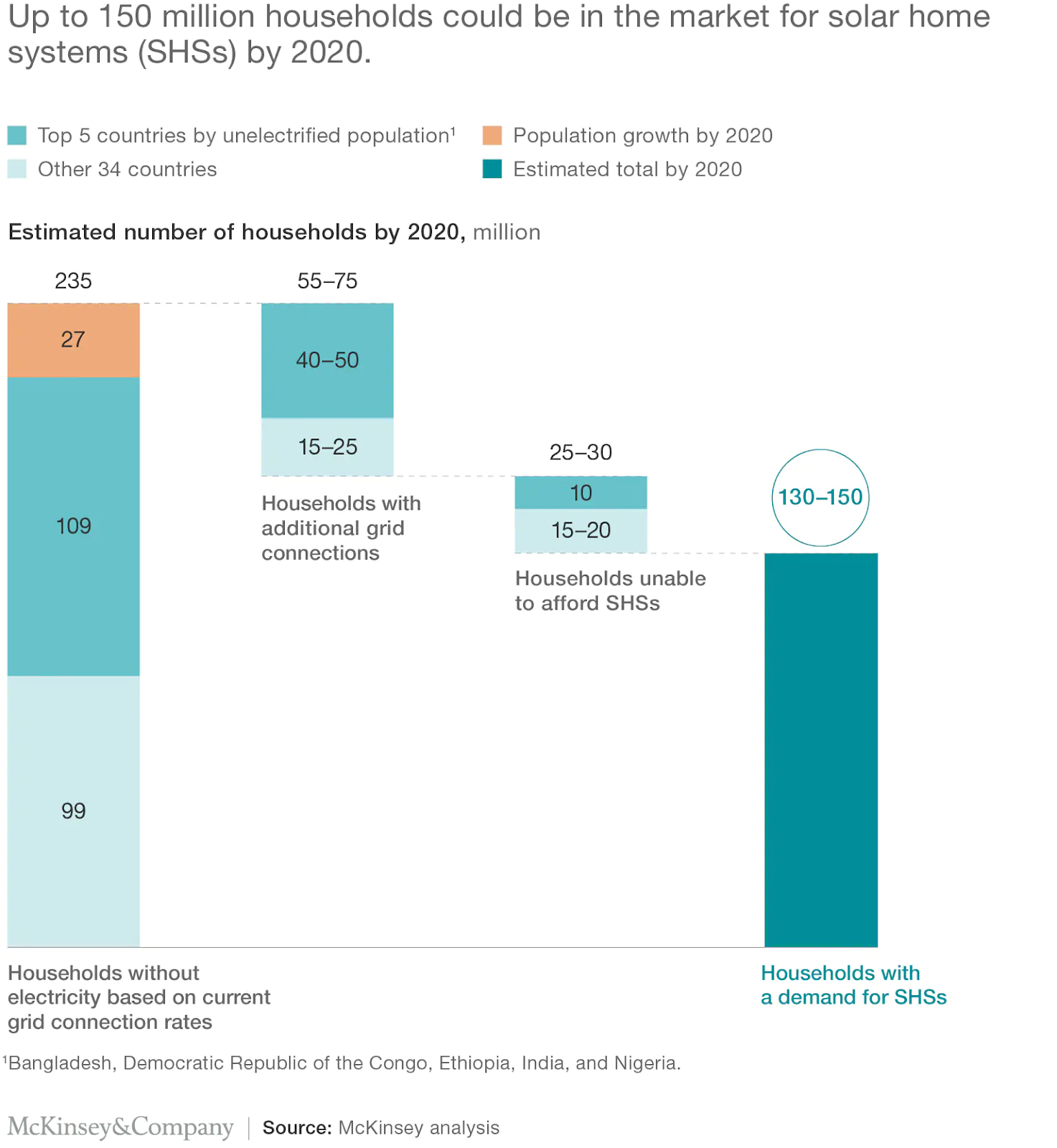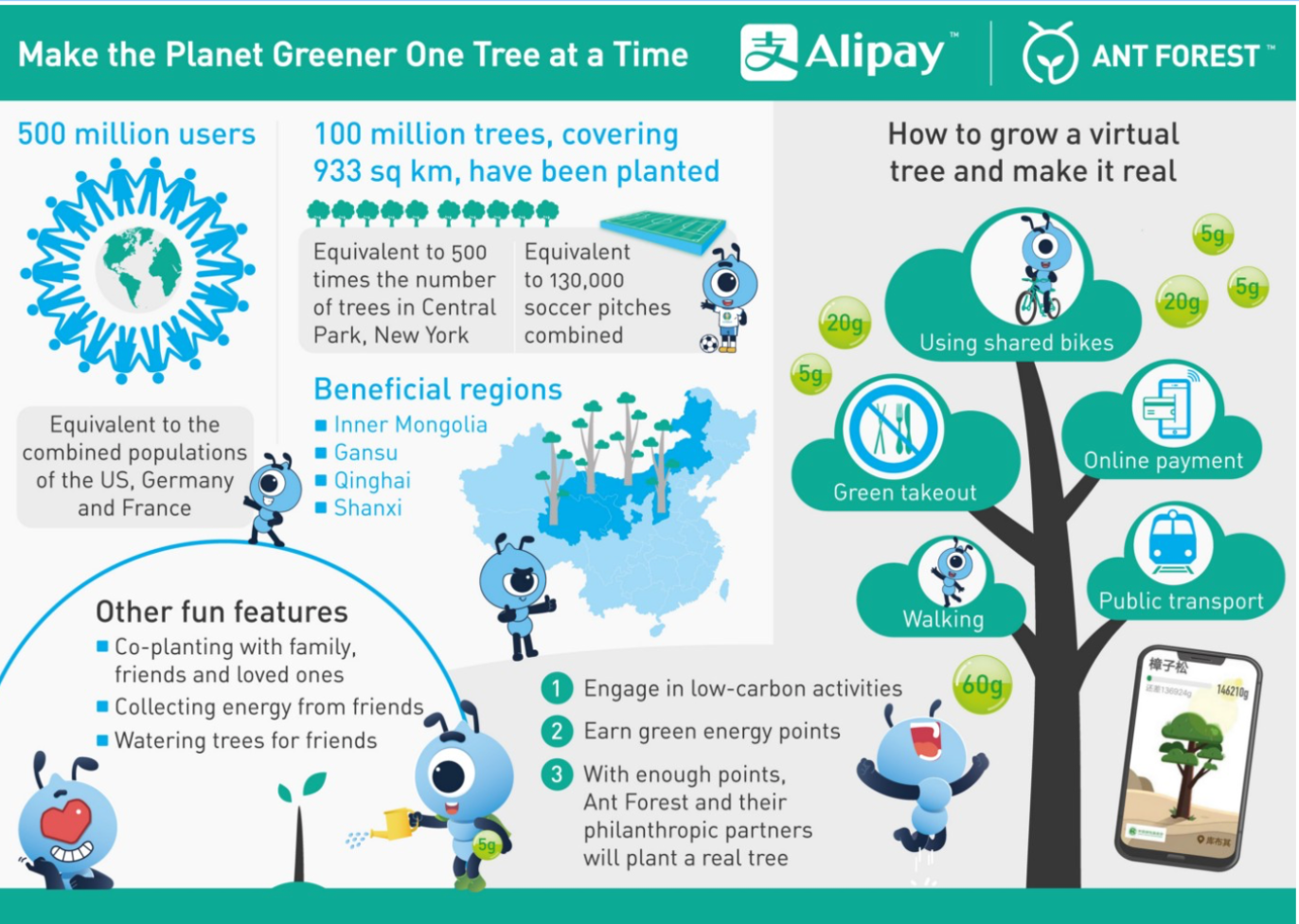🌱🐰💰 Philanthropy in the fight against Climate Change
Climate change has begun to exacerbate societal challenges in many areas that philanthropies have prioritized, such as education, health, human rights, equality, and food security. However, traditionally philanthropy has donated relatively small sums to addressing the problem

The Good, the Bunny and the Money is our monthly take on the latest impactful success stories from across the U.S. and around the World.
'🌱 The Good' looks at nonprofits leading the way in impactful change;
'💰 The Money' takes a dive into the private-sector champions driving financial inclusion & economic development; and
'🐰 The Bunny' showcases the most promising collaborations between nonprofits and businesses working hand in hand for the People and the Planet.
Climate change has begun to exacerbate societal challenges in many areas that philanthropies have prioritized, such as education, health, human rights, equality, and food security. However, traditionally philanthropy has donated relatively small sums to address the problem. According to a McKinsey article in 2020, US-based grant makers disbursed almost $64 billion. Of that, only $320 million went directly toward climate change. In this month's edition we look at champions across non-profits, the private sector and collaborations between the two, who are leading the charge in donating for climate change.
🌱 The Good: Preventing the fossil fuels industry’s ability to pollute - the Carbon Lighthouse Association way
The problem: The Intergovernmental Panel on Climate Change (IPCC) found that emissions from fossil fuels are a dominant cause of global warming. In 2018, 89% of global CO2 emissions came from fossil fuels and industry.
A Solution: Carbon Lighthouse Association (CLA) is a non-profit offering customers an impactful way to reduce emissions while also lowering the fossil fuel industry’s ability to pollute. CLA purchases carbon allowances directly from Regional Greenhouse Initiative (RGGI) cap and trade auctions. By buying and holding on to carbon allowances, CLA reduces the supply available for utility companies, forcing them to reduce their emissions - (watch this explainer for more information).
The impact:
- Prevents fossil fuel companies from using the carbon allowances to emit CO2
- Increases demand for allowances = puts pressure on prices = makes renewable energy and investment in green tech an attractive economic option
- The money used to purchases the carbon allowances is used by the government to fund green energy projects
Even better… You can support the CLA through the bunny.money app!

💰 The Money: Investing in clean energy for the developing world
The International Energy Agency estimates that 770 million people lack access to electricity. While a McKinsey study shows that home solar-energy systems could power electricity appliances for over 90% of the world’s unelectrified population. However, the deployment of renewable-energy technologies requires financing. That’s exactly what the Climate Finance Partnership (created between US asset managers, Blackrock, and international governments) aims to do. The Partnership uses a unique blended finance fund structure to mobilise investment by de-risking the investment set. The structure provides a narrow standard deviation of outcomes for institutional investors, alongside access to the fastest growing infrastructure markets of the next 30 years. The Result: the Partnership has mobilised $400 million of additional investment in sustainable infrastructure for developing markets.

🐰 The Bunny: AliPay and nonprofits gamifying nature conservation
The challenge: Biodiversity loss is one of the world’s most immediate challenges yet it is becoming increasingly challenging to fundraise for nature conservation – with an estimated funding gap of up to US$ 824 billion needed to restore the planet by 2030.
An engagement issue: Traditional fundraising fails to engage a digital-savvy generation and exploit the fact that researchers now hold more real-time conservation data than ever before (GPS collars, camera traps and remote sensing)
Enter Alipay: Hailing from China, the online payment platform serves over one billion users worldwide in partnership with its local e-wallet partners. Their ‘Ant Forest’ game rewards its users with “green energy points” each time they take a step to reduce their emissions, such as going paperless or buying sustainable alternatives. These points grow into a virtual tree on the user’s app, which Alipay matches by planting a real tree alongside it’s NGO partners. Users can also donate to ‘adopt’ conservation land.
The results speak… a mass of 500 million users mobilised to generate new sources of conservation funding.

🥕 What else we’re munching:
- Cross-stakeholder alliances that pool resources and expertise can have a major impact on conservation philanthropy.
- CLIMA Fund is mobilising philanthropy by investing in on-the-ground leaders behind the most sustainable and effective solutions to the climate crisis.
- The Gold Standard verifies procedures for selling carbon credits and ensures emission-reduction projects are preventing pollution.
- Tata Trusts has supported nonprofit organisation’s efforts to restore bodies of water that have been depleted by drought in western India.
Image Credits: Cover Photo by Li-An Lim via Unsplash; Statista; McKinsey; Alibaba
Time to bank on us
bunny.money just launched its crowdfunding campaign. Please check out our Wefunder page and show your support. Help us disrupt giving and empower communities with the save for good® app!

